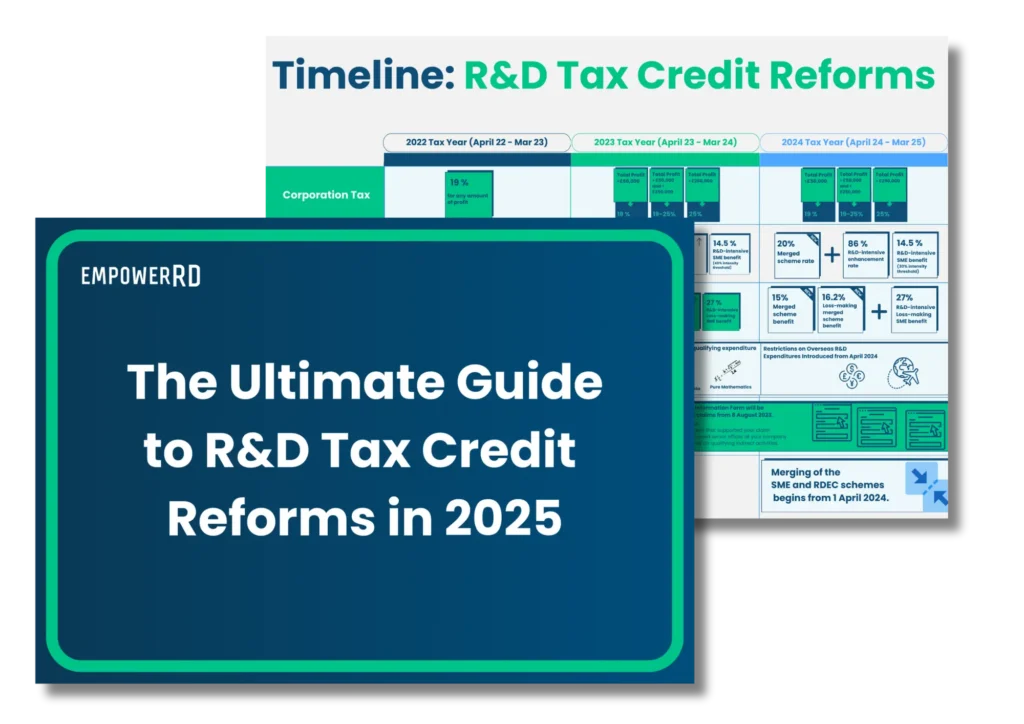Managing your company’s finances effectively is a fundamental aspect of ensuring the success of your business, whether you’re a founder overseeing financial matters or a finance leader in a growing startup. The realm of finance encompasses various facets, including:
- Sales forecasting
- Project Management
- Invoicing
- Payments
- HR and Payroll
- Expense Tracking
While relying on Microsoft Excel or Google Sheets for basic financial tasks may be tempting, it’s crucial to recognise that spreadsheets are highly prone to errors. To optimise your finance operations, digitising them using cloud-based solutions is best.
During the startup phase, budget constraints may prevent you from investing in comprehensive enterprise resource planning (ERP) solutions like Netsuite, which provide consolidated approaches. This presents the challenge of identifying the optimal financial tools for each essential aspect of a growing business. Thus, it is imperative to initially assess your requirements meticulously.
Evaluate your needs
Before starting, it’s important to perform a needs analysis.
Consider factors like the rate of your team’s growth, the financial risks your company is facing, and the effectiveness of your current finance and accounting systems. Identify any challenges or issues your team is currently experiencing, and determine which ones can be quickly resolved and which ones will require more time.
To get the most benefit from your time and effort, select the corrective measures wisely. Ensure the technology you choose aligns with your company’s long-term priorities while also fulfilling short-term needs, so you can future-proof your finance stack.
What are the important tech stack features that you need to take into account?
When selecting the appropriate technology stack for your finance functions, there are several key features to consider.
They include:
- Security and compliance: Ensure that your data stays safe and secure with top-notch encryption protocols. Additionally, make sure any solutions you use comply with international regulations and standards.
- Scalability: Choose software capable of adapting to changes in your team’s size and financial needs.
- Integration: look for solutions that can easily integrate with other systems, such as payroll, billing, and accounting platforms.
- Cost-effectiveness: Select tools that are reasonably priced yet offer the functionalities you need.
Taking into account these crucial features, we have curated two financial technology stacks for your consideration.
Examples of Financial Tech Stacks for growing business
If you’re unsure about whether you can afford the best standalone solution or need a more budget-friendly alternative, don’t worry! We have two options that we recommend for growing businesses.
- The ultimate best-of-breed tech stack
- Budget-friendly alternative
We have considered key factors such as security, compliance, scalability, integration, and cost-effectiveness and focused on what we think is most important for startups. It’s up to you to decide which option aligns best with your business needs and goals.
Example 1: The ultimate best-in-breed tech stack
When building a best-in-breed finance tech stack for your growing business, it’s essential to choose tools that excel in their respective areas and seamlessly integrate. Let’s explore the critical components of a best-in-breed tech stack:
 Sales Forecasting: HubSpot
Sales Forecasting: HubSpot
As well as being a perfect CRM tool, HubSpot provides a comprehensive sales forecasting tool that enables businesses to predict future revenue based on historical data, deal stages, and pipeline analysis. What sets HubSpot apart is its ability to integrate with other tools in your tech stack, ensuring that your sales forecasts align with your overall financial strategy. Hubspot’s pricing also fits businesses of all sizes, offering choices to meet specific budgetary requirements. With tiered subscriptions (basic, professional, and enterprise plans), you can find the right fit.
Note: you may have to use an API, like Zapier, to link it to your central finance system.
 Project Management: Asana
Project Management: Asana
Asana is a powerful project management platform that helps teams plan, track, and manage projects efficiently. Its integration capabilities allow for seamless collaboration between finance and other departments, ensuring financial goals align with project timelines and budgets.
 Invoicing: Xero
Invoicing: Xero
Xero is a popular accounting software that offers robust invoicing capabilities. It allows businesses to create professional invoices, track payments, and automate recurring billing processes. By integrating with other tools like project management and expense tracking, Xero provides a holistic view of your finances and streamlines your invoicing workflows.
 Payments: Stripe
Payments: Stripe
Stripe is a leading online payment processor that offers a wide range of payment solutions. Its integration capabilities enable businesses to accept payments securely from customers globally, including credit cards, digital wallets, and bank transfers. By integrating Stripe with your invoicing and e-commerce platforms, you can streamline your payment processes and provide a seamless customer experience.
 HR & Payroll: Rippling
HR & Payroll: Rippling
Rippling is a comprehensive HR and payroll platform for small and medium-sized businesses. Its integration with your finance tech stack ensures that employee payroll and financial data are seamlessly connected. By automating HR and payroll processes and integrating them with your accounting software, Rippling helps maintain accurate financial records and streamlines compliance.
 Expense Tracking: Expensify
Expense Tracking: Expensify
Expensify simplifies expense management by automating the tracking and reporting of business expenses. Its integration with accounting software allows for seamless synchronisation of expense data, eliminating manual data entry and ensuring accurate financial reporting. By integrating Expensify with your project management and approval workflow tools, you can streamline expense tracking and reimbursement processes.
 Approval Workflow: ApprovalMax
Approval Workflow: ApprovalMax
ApprovalMax is a cloud-based solution that enables businesses to establish multi-level approval workflows for various financial processes. By integrating with other tools like accounting software and expense tracking platforms, ApprovalMax ensures that financial approvals are streamlined and transparent. It helps maintain control over financial processes and ensures compliance with internal policies and regulations.
The beauty of a best-in-breed tech stack lies in its integration capabilities. By carefully selecting tools that seamlessly integrate, you can create a unified ecosystem that enhances efficiency, data accuracy, and collaboration across your finance and other business functions.
Next, let’s explore a budget-friendly option for building a finance tech stack that suits your growing business needs.
Example 2: Budget-Friendly Tech Stack
For small and medium-sized businesses, investing in a comprehensive best-in-breed tech stack may not be feasible. This is where budget-friendly solutions come into play. Here are the best tools for a budget-friendly finance tech stack:
 Sales Forecasting: Zoho CRM
Sales Forecasting: Zoho CRM
Zoho CRM is a budget-friendly solution that provides powerful sales forecasting capabilities. It offers AI-driven insights and dashboards to help you predict future sales based on your historical data. Zoho also integrates with other tools in the stack, ensuring that sales forecasts are in sync with finance goals.
Note: you may have to use an API, like Zapier, to link it to your central finance system.
 Project Management: Trello
Project Management: Trello
Trello is an easy-to-use project management tool that enables teams to track and manage projects efficiently. It integrates with other tools in the tech stack, so you can align financial goals and timelines seamlessly. Trello also allows for customisation of its features, making it a great budget-friendly option.
 Invoicing: Zoho Books
Invoicing: Zoho Books
Zoho Books is an accounting software that offers robust invoicing capabilities. It provides a comprehensive view of your financial data, allowing for seamless integration with other tools in the stack. With Zoho’s tiered pricing plans, you can find the right fit for your budget needs.
 Payments: Paypal
Payments: Paypal
PayPal is a popular online payment processor that enables businesses to securely accept payments from customers around the world. By integrating with other tools in your finance tech stack, PayPal ensures that all payments and customer data are seamlessly connected. It also has budget-friendly pricing plans.
 HR & Payroll: Paychex Flex
HR & Payroll: Paychex Flex
Paychex Flex is an affordable HR and payroll platform for small and medium-sized businesses. It integrates seamlessly with accounting software, allowing for accurate tracking of employee payroll data. Paychex also offers flexible pricing plans that help maintain control over financial processes.
 Expense Tracking: Zoho Expense
Expense Tracking: Zoho Expense
Zoho Expense is a cloud-based expense management tool that streamlines your expense tracking process. Its integration capabilities ensure that your expense data is accurately reflected in your accounting records. With budget-friendly pricing plans, it’s a great option for budget-conscious business owners.
By carefully selecting budget-friendly tools that integrate seamlessly with each other, you can create a unified finance tech stack that meets the needs of your growing business. From sales forecasting to expense tracking, these solutions provide powerful capabilities and help maintain control over financial processes while staying within your budget. With the right combination of tools, you’ll have an effective finance tech stack that will ensure your long-term success.
Scale your financial tech stack as you grow
While we consider the two examples above ideal for growing businesses, it’s crucial to upgrade your finance technology stack as your company grows. Regardless of your stage in the journey, new challenges will arise as you hire more employees, expand internationally, or get ready for acquisitions or going public.
Here’s our advice:
- Start slow: To begin building a finance tech stack, it’s best to focus on the essentials we’ve laid out in our examples. Avoid choosing advanced tools or features just for the sake of having them. These fancy tools might even be detrimental. Begin with the basics and gradually progress. Additionally, be mindful not to overspend and stay within your budget.
- Reassess as you grow: To ensure your company’s success, regularly review and evaluate your tech stack as it grows. Knowing when to make changes is just as crucial as choosing the right software initially. Be vigilant for emerging technologies, so you can be prepared for the future.
Building the right finance tech stack for your growing business can be a daunting task. But with careful consideration of budget-friendly options and an understanding of how each tool integrates seamlessly, you can create a unified ecosystem that supports financial processes while staying within your budget.
Having the right combination of tools in place will help ensure long-term success as your company grows and evolves. Remember to start slow, assess regularly, and stay ahead of emerging technologies so that you are always prepared for whatever comes next!
Just a quick heads up!
If you’re an R&D-intensive business, you’ll know just how challenging it is to claim R&D Tax Credits. We can help you with that; we have helped 1,000+ tech startups accelerate and streamline their R&D claims with our platform + service; learn more about it here.












